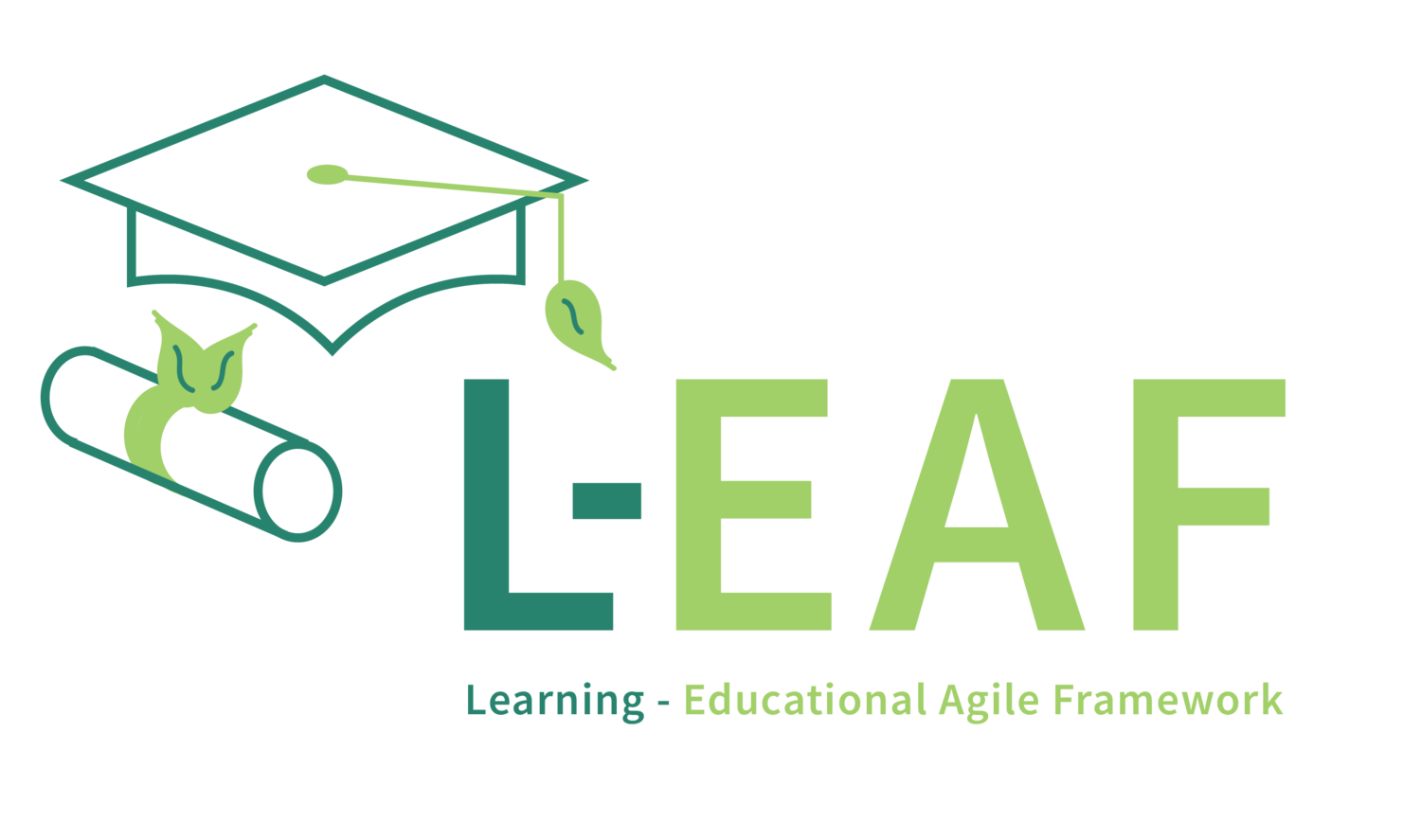Adaptability: The key for thriving in a VUCA world
Introduction:
In an era marked by volatility, uncertainty, complexity, and ambiguity (VUCA), the need for adaptable individuals and systems has never been greater. The Learning-Educational Agile Framework (L-EAF, L-EAF.org) recognizes the significance of adaptability as a cornerstone value and core competency of successful organizations and their community members. As educators, we might explore how education agility and agile education systems, as framed by L-EAF.org, prepares students to thrive in a VUCA world and empowers teachers to create learning environments and experiences which help to meet each student where they are.The Power of Adaptability in a VUCA World:
The world is changing at an unprecedented pace, characterized by rapid technological advancements, shifting global dynamics, and unpredictable challenges like the COVID-19 pandemic and the current global economic downturn. Adaptability is no longer a desirable trait but a necessary skill for survival, to say nothing of success. Educational Agility equips students with the ability to embrace change, learn quickly, learn from failure and adapt in response to new circumstances and changing conditions.With the increased responsibilities that teachers have taken on post pandemic and the need to uncover new ways of teaching that will provide students the conditions in which they can make up for learning loss, educators can benefit from agile ways of teaching by making small incremental changes in their class instructional design?. Agile education systems and Visual Pull Based Learning Systems (VPBLS) can help to create the conditions in which incremental improvements can be made safely, easily and with a minimum of disruption and allow for the automation of the more routine tasks that fall under the teacher’s responsibilities. Once students are engaged with and using their VPBLS, teachers are freed up and can easily step into the role of coach/mentor as the students pull the learning and agency over the learning to themselves.Nurturing Resilience and Problem-Solving:
Adaptability fosters resilience, enabling teachers and students to face setbacks and challenges with a growth mindset. An agile education system encourages us to view obstacles as opportunities for learning and innovation. Through dynamic learning experiences, teachers learn how to design engaging VPBLS and to improve them over time which challenges students to develop the problem-solving skills that allow them to navigate complex situations with confidence.Preparing for Unknown Futures:
One of the unique features of educational agility (and the systems that are designed under the L-EAF framework) is its emphasis on preparing teachers and students for the unknown. In a VUCA world, traditional education models that focus solely on rote learning, expertise, best practices and predetermined outcomes fall short. By cultivating adaptability, L-EAF.org enables students to anticipate and respond effectively to unexpected disruptions and evolving trends, and encourages teachers to create environments and systems which challenge their students to explore and learn dynamically instead of statically.Empowering Teachers in the Post-Pandemic Landscape:
The COVID-19 pandemic has underscored the importance of adaptability in education. Teachers have been thrust into a rapidly changing landscape, requiring them to shift between in-person, hybrid, and remote learning formats. An agile education system provides teachers with the tools and strategies needed to adapt their teaching methods to suit diverse learning environments as they continue to evolve.Flexibility in Pedagogy and Delivery:
Agility in education involves a flexible approach to pedagogy and content delivery. L-EAF encourages teachers to experiment with different teaching methods, to leverage technology, and to tailor their approaches to individual student needs. This flexibility not only enhances student engagement and meets more students where they are, but also equips teachers to address the challenges of the digital age effectively, all while providing a simple scaffold for differentiated learning - as students pull more learning opportunities.Collaboration and Lifelong Learning:
Adaptability is closely intertwined with collaboration and lifelong learning. An agile education system promotes collaborative learning experiences, exposing students to diverse perspectives and fostering teamwork skills. Furthermore, L-EAF.org emphasizes that learning is a continuous journey, preparing students to embrace ongoing personal and professional development beyond the next test or grade level.Conclusion:
In a VUCA world, adaptability has become a defining trait for success. The Learning-Educational Agile Framework recognizes the urgency of equipping teachers and students with the skills they need to thrive in rapidly changing environments. By fostering resilience, problem-solving, and a readiness for the unknown, an agile education system prepares teachers and students for a future where change is the norm and is not the enemy. Additionally, by providing teachers with the tools to navigate post-pandemic pressures and embrace new teaching methodologies, L-EAF ensures that education remains relevant and impactful in an ever-evolving world. As we look to the uncertain future, let us reflect on the value of adaptability and its transformative potential in shaping education for generations to come and commit to ensure that the systems we rely on to educate our children are analyzed, visualized and relentlessly improved over time.